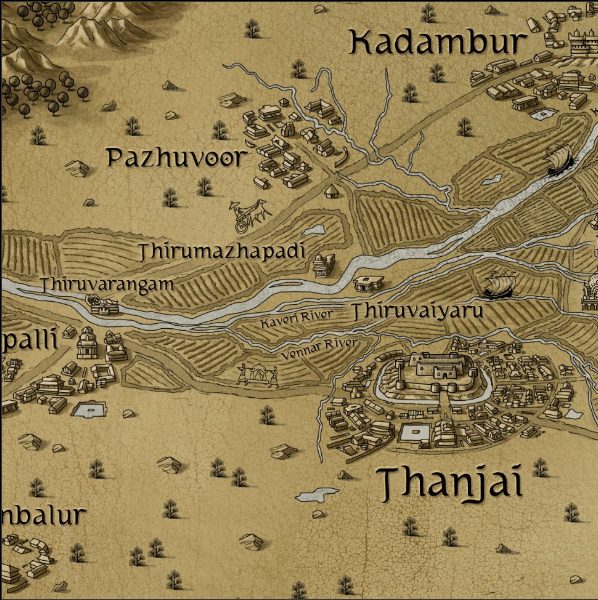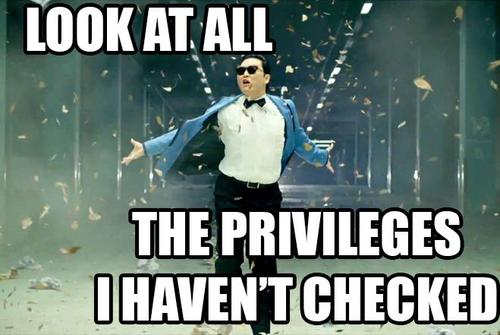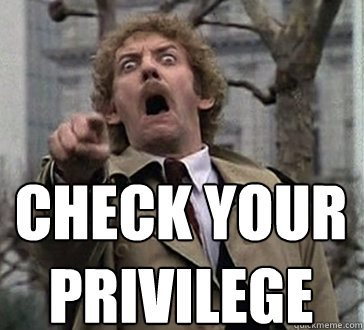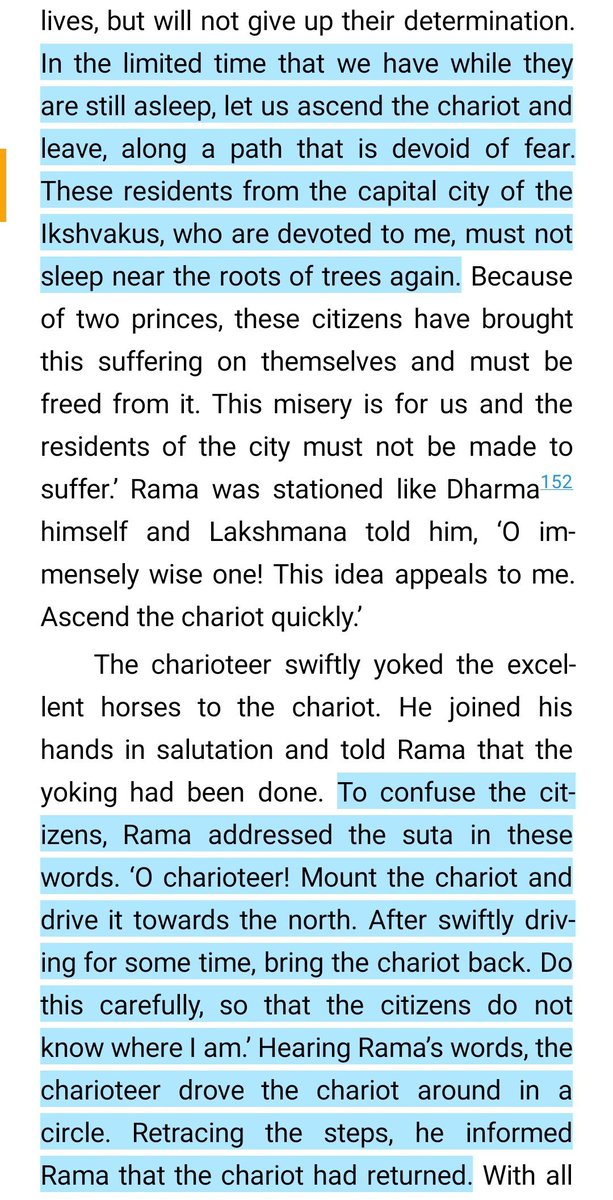What did people eat during the Rajaraja Chola times?
What were their favorite snack?
Did they consume meat? Did they drink alcohol in celebration?
A thread!
Warning: Reading this thread could trigger the foodie in you!
#PonniyinSelvan1

What were their favorite snack?
Did they consume meat? Did they drink alcohol in celebration?
A thread!
Warning: Reading this thread could trigger the foodie in you!
#PonniyinSelvan1


Kalki has documented some (not ALL) of the Chola's eating habits.
Mostly through Vandhiyadhevan!
Vanthiyathevan is the hero we always wanted: he flirts well, sleeps better, and eats like a king!
He relishes the good food served by Sendhan Amudhan's mom.

Mostly through Vandhiyadhevan!
Vanthiyathevan is the hero we always wanted: he flirts well, sleeps better, and eats like a king!
He relishes the good food served by Sendhan Amudhan's mom.


He Starts with Idiyappam and Coconut Milk, a combination straight from heaven.
Then moves on to Puliyodarai, and Corn Flour Paniyaaram.
Finishes off with curd rice.
Sumptous!



Then moves on to Puliyodarai, and Corn Flour Paniyaaram.
Finishes off with curd rice.
Sumptous!




Ponniyin Selvan &Poonguzhali eat the fiber rich Varagu Rice (Kodo Millet) as cooked by the mute queen Mandakini.
What about snacks?
Some of Chola snacks: Roasted peanuts with a sprinkling of fresh coconut, millet & jaggery toffee made with sea water, or spiced guava and jamun



What about snacks?
Some of Chola snacks: Roasted peanuts with a sprinkling of fresh coconut, millet & jaggery toffee made with sea water, or spiced guava and jamun

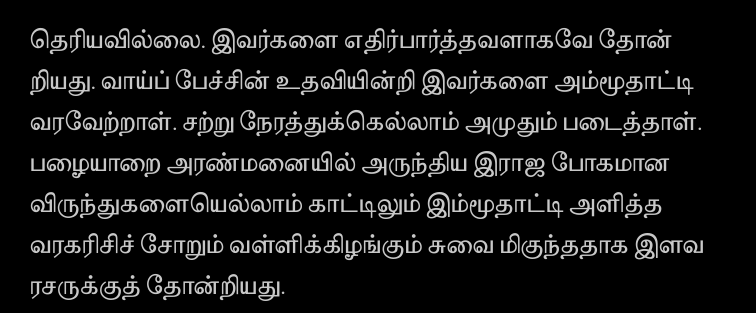


Food had moved beyond sustenance & had become a luxury for Cholas.
Records show they cultivated paddy, sugarcane, banana, brinjal, black gram, cow peas (‘karamani’) & spinach.
The phrase "Chozha Naadu Soru Udaithu" shows how fertile the land was, and droughts were unheard of.

Records show they cultivated paddy, sugarcane, banana, brinjal, black gram, cow peas (‘karamani’) & spinach.
The phrase "Chozha Naadu Soru Udaithu" shows how fertile the land was, and droughts were unheard of.


Their food was bereft of the current day masala.
It was healthy - with a good mix of protein, carbs, fat and vitamins.
They included ghee- good fat, as part of their food and ate all their veggies.
Some natural fruit sugar was fine too - banana, jackfruit and sugarcane.

It was healthy - with a good mix of protein, carbs, fat and vitamins.
They included ghee- good fat, as part of their food and ate all their veggies.
Some natural fruit sugar was fine too - banana, jackfruit and sugarcane.

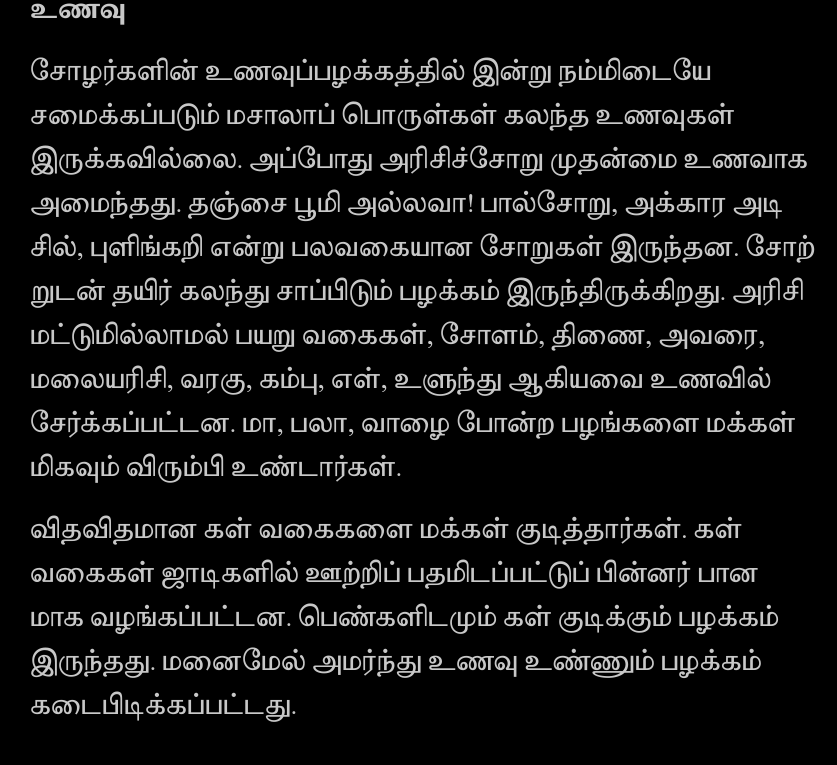
They relished their time preparing food. Avarai beans, cooked in tamarind gravy & served with bamboo shoot curry, is a time-consuming dish to prepare.
This dish was prized for its flavour & health benefits, & the texture, once soaked &cooked, had a rich, melt-in-the-mouth feel.
This dish was prized for its flavour & health benefits, & the texture, once soaked &cooked, had a rich, melt-in-the-mouth feel.
Due to abundance of sugarcanes, they savored sugar -in the form of akkara adisal (Sugar Pongal).
Their favorite snack seems to be Adhirasam, a sweet delicacy.
Fermented foods like Dosas, Appam, were regular foods too.
Post food, they had the habit of chewing Betel leaves.



Their favorite snack seems to be Adhirasam, a sweet delicacy.
Fermented foods like Dosas, Appam, were regular foods too.
Post food, they had the habit of chewing Betel leaves.
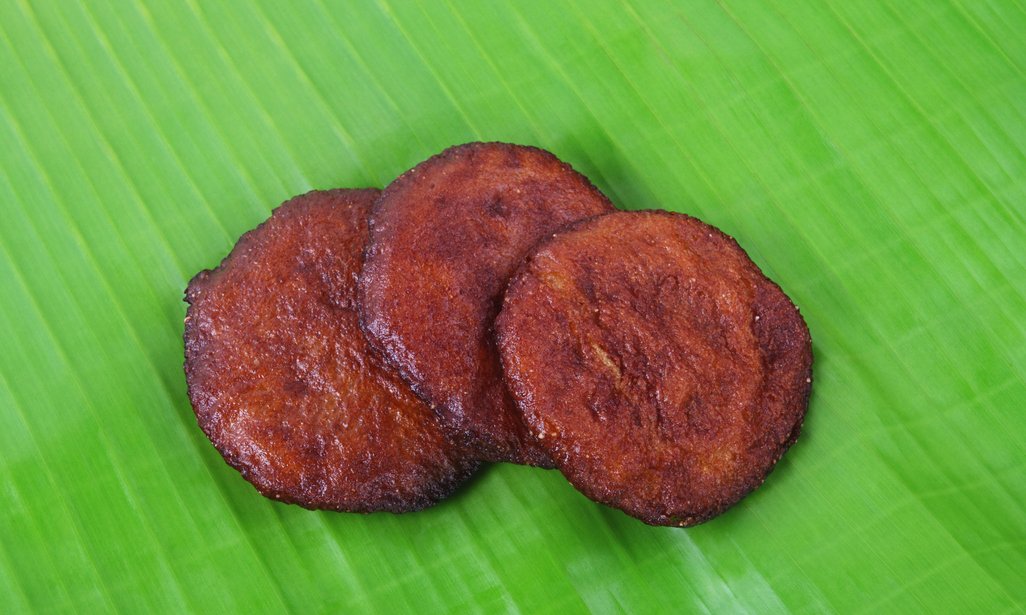



Of course, they did consume meat as well.
From fish fry to Tortoise/Rabbit To Roasted Peppery Goat, it was a feast.
Historians say non-vegetarian food such as ‘kari choru’ (rice & meat cooked together) was common.
Offering ‘chatti choru’ (pot rice) is still in practice in TN.
From fish fry to Tortoise/Rabbit To Roasted Peppery Goat, it was a feast.
Historians say non-vegetarian food such as ‘kari choru’ (rice & meat cooked together) was common.
Offering ‘chatti choru’ (pot rice) is still in practice in TN.

Both men and women seemed consumed alcohol - as a celebration.
But they were well aware of the ill effects of alcohol.
Go back 1000 years, and one could see the then TASMACs displaying warning boards in entrance: "Bali Aaveer!" (You'd d!ë)
This is documented in Pattinapaalai:

But they were well aware of the ill effects of alcohol.
Go back 1000 years, and one could see the then TASMACs displaying warning boards in entrance: "Bali Aaveer!" (You'd d!ë)
This is documented in Pattinapaalai:


All in all, during peace times, the Cholas savored good food, dressed up, drank alcohol, sung and danced, paid 16.66% tax, prayed to god, celebrated their king and lived with responsibility.
Live and Let Live.
A lesson 21st century could learn from history.
#Cholas #TamilNadu
Live and Let Live.
A lesson 21st century could learn from history.
#Cholas #TamilNadu
If you liked this thread, please follow @labstamil for more such content.
Tag your fellow foodie friends and let them know.
RT The first tweet in the thread:
Tag your fellow foodie friends and let them know.
RT The first tweet in the thread:
https://x.com/labstamil/status/1588828273714556930?s=20&t=2wq2Krsv3Zw8EoZWfmKKrw
2. Indian Food, a historical companion: amzn.to/3sYVYvA
@krishashok @kbalakumar you might be interested in this thread on Chola period foods!
Want to read a delightful retelling of Ponniyin Selvan in 300 pages?
Want to travel along the path of Vandhiyathevan covering 100 spots with helpful google map links to guide you?
Ponniyin Selvan Route Map is the book you need to read!
Amazon Link:
amzn.to/3BG8zYW
Want to travel along the path of Vandhiyathevan covering 100 spots with helpful google map links to guide you?
Ponniyin Selvan Route Map is the book you need to read!
Amazon Link:
amzn.to/3BG8zYW
• • •
Missing some Tweet in this thread? You can try to
force a refresh



